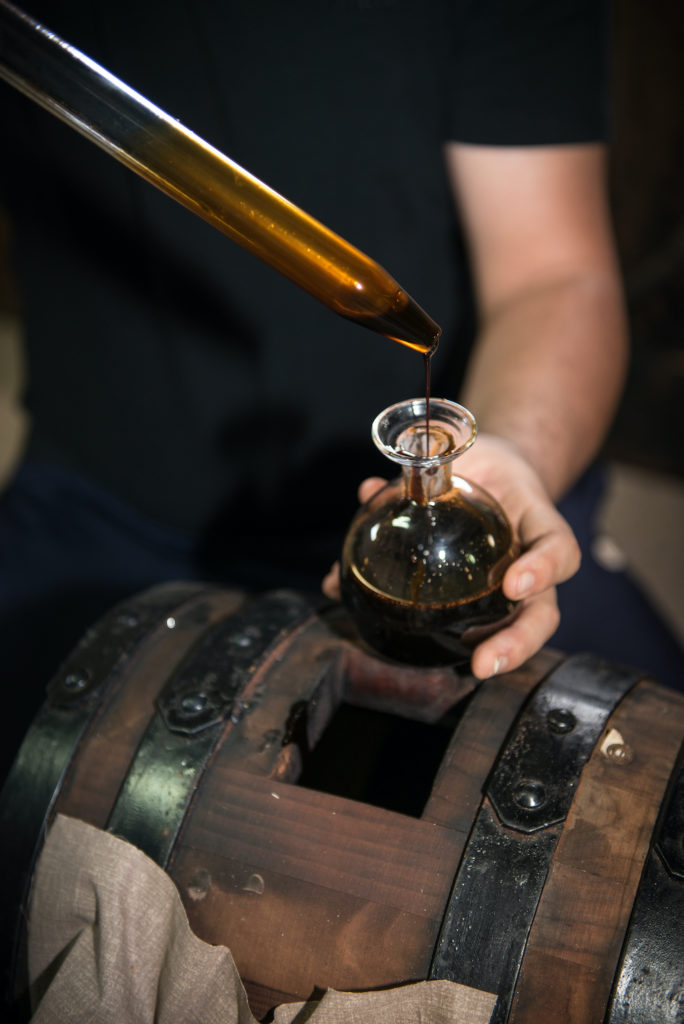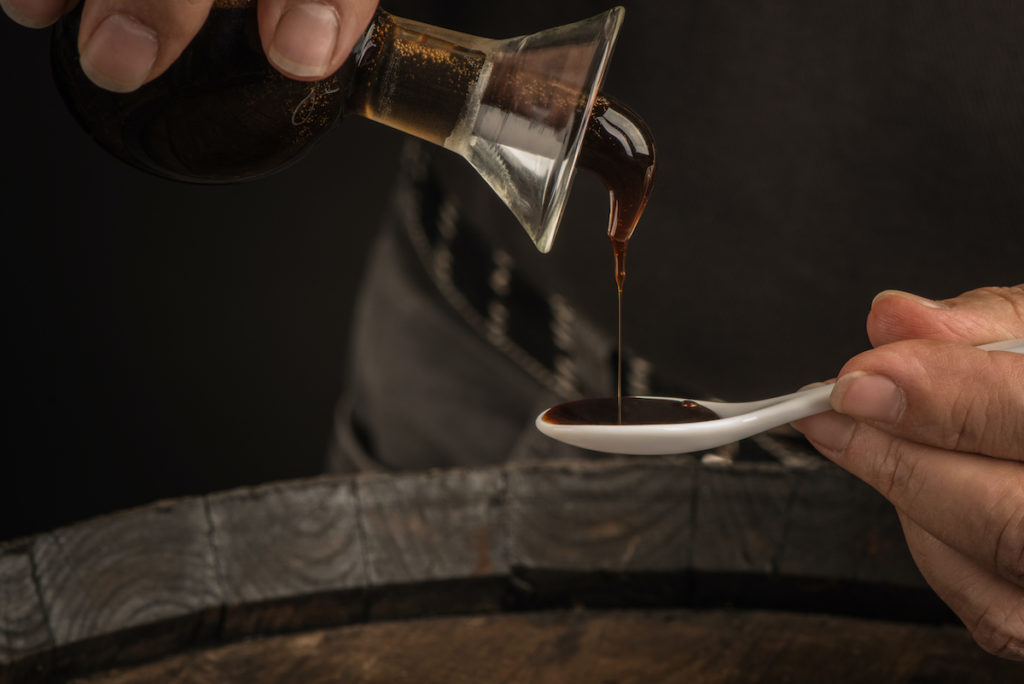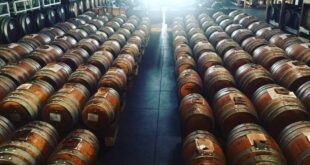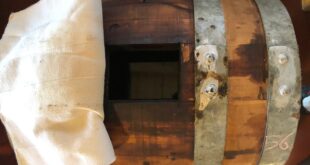Balsamic Vinegar of Modena, how to recognize it? Balsamic Vinegar: visual aspects, is a living product, every Traditional has different characteristics. As we have already seen in previous articles, each of its production phases can dictate organoleptic differences to the final product. They also will determine its quality.
A careful and scrupulous sensorial evaluation (made by the master tasters) establishes a score on a series of product characteristics.
The product evaluation form they attribute a score to visual, olfactory and gustatory characteristics. To fill the form is necessary that the tasters have a “common vocabulary”. In a few words, they have decided which characteristics they have to evaluate and the adjectives that describe them unequivocally. A perfect interpretative code.
Today we are talking about the visual evaluation and we invite you to follow our blog because we will talk soon about olfactory and gustatory evaluation.
How to make a good Balsamic Vinegar?
We recommend you to read this article https://usebalsamicvinegar.com/wp-content/uploads/2019/05/Schermata-2019-05-20-alle-12.34.52.png and download a facsimile of the evaluation form to better understand how they use it.
So, let’s talk about the observed characteristics and what the common adjectives describe.

Visual aspects
Density
It indicates the consistency and viscosity of the sample.
It manifests itself and is recognized through the persistence of the liquid made adhere, with a rotating movement, to the wall of the flask. This concept needs to be related to the concept of “syrupiness”, a characteristic that a liquid body can enumerate among its characteristic and specific proprieties.
Its perceptual grade is qualitatively expressed as:
- Syrupy and consistent – if the liquid does not allow you to gradually glimpse the flame of the candle, through the “camicia”, for a reasonable time.
- Syrupy and flowing – when a situation similar to the first one exists, but for shorter times.
- Fluid – when the “camicia” is moderately perceptible.
- Loose – the liquid tends to not leaving a trace on the walls of the flasks and the molecules are free to move. Almost an absence of “camicia”, even if in the presence of a minimum density considered to be the lower of the Acetified Must limit.
- Inconsistent – when we find the absence of the presence of liquid on the walls of the flasks.
For an even more careful evaluation, they usually use the Brix Refractometer.
Colour
It represents the impression that the reflected light produces to the taster’s eye. By definition, the colour of Traditional Balsamic Vinegar of Modena must be dark brown, full and shiny.
This colour is a consequence of the transformations that the must undergo from cooking and from the different stages of its life (fermentation, maturation and ageing).
- Intense brown – maximum appreciation. It is expressed when the sample, by its shiny reflections and the colour and intensity, shows reddish reflections in harmony with the characteristics of the ruby.
- Brown – excellent adjective. The product highlights that its components contribute to the typical colour approach.
- Not intense brown – the situation in which the liquid has abandoned the amber colour of cooked must. It is a colour often found in barrels in which fermentation has just finished.
- Amber – typical amber colour. It is detectable by the effect of caramelization in different grades in the more or less reduced cooked must.

Clearness
The most unique property with the greatest difficulty in evaluating. A factor that identifies its transparency. A Balsamic Vinegar that allows you to see the flame of a candle by observing the shirt in the flask, they call it “Limpido”. Excessive density is not always synonymous with perfection.
- Intense and bright – given by the perception of very high value and amplified by the dark and bright brown colour. It often determines a state of complacency and amazement to the examiner.
- Evident – due to the lack of shine, its transparency is contained but pleasant.
- Slightly veiled – the liquid presents microscopic suspended particles and its presence is perceived in the “camicia” which prevents assigning a judgment of acceptable transparency.
- Veiled – when a thick veil is perceived. Sometimes together with the presence of an appreciable brown colour.
- Turbid – the liquid has foreign bodies not appreciable in Traditional Balsamic.
As you can imagine, to carry out a correct evaluation of the product, you need an excellent knowledge of the same.
The master tasters taste and judge hundreds of product every year.
Keep on reading these articles to know more about the Balsamic Vinegar of Modena:
If you liked this article, make sure to stay tuned. You will discover other incredible curiosities on how to taste and evaluate Traditional Balsamic Vinegar of Modena.
Greetings from Modena.
 Use Balsamic Vinegar All you need to know about Balsamic Vinegar of Modena
Use Balsamic Vinegar All you need to know about Balsamic Vinegar of Modena


